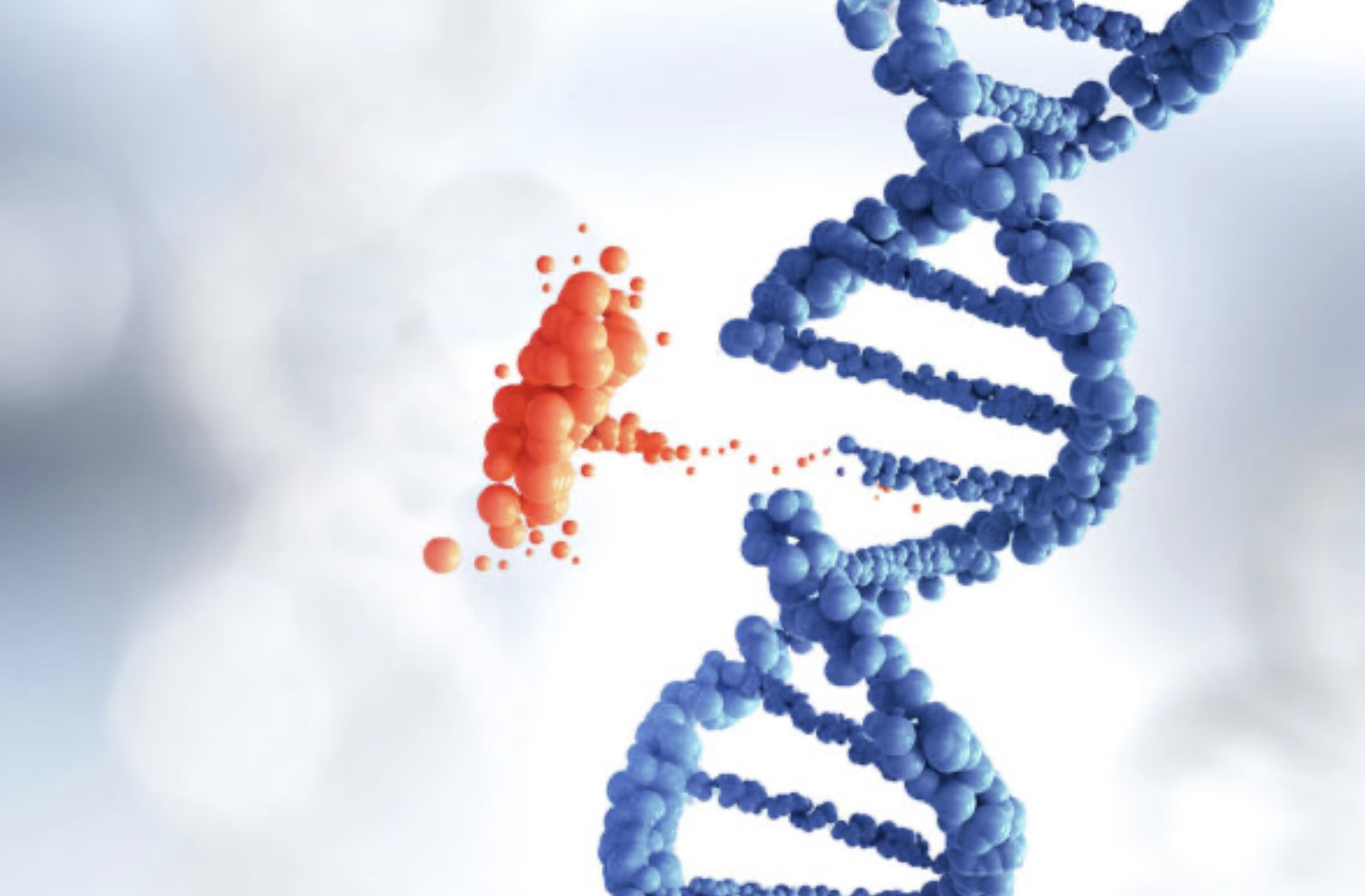Juvenile Retinoschisis: Symptoms, Causes, Treatment
What are the symptoms of juvenile retinoschisis?
Juvenile retinoschisis is a rare genetic eye disorder that primarily affects males and is characterized by abnormal splitting of the retina, the light-sensitive tissue at the back of the eye. The condition typically becomes apparent in childhood and can lead to vision loss. The symptoms of juvenile retinoschisis can vary, but may include:
- Decreased central vision: The most common symptom of juvenile retinoschisis is decreased central vision, which can affect activities such as reading, writing, and recognizing faces.
- Difficulty with night vision: People with juvenile retinoschisis may have difficulty seeing in low-light conditions, such as at night or in dimly lit rooms.
- Blurred vision: Vision may be blurry or distorted, making it difficult to see details clearly.
- Nystagmus: Some individuals with juvenile retinoschisis may experience rapid, involuntary eye movements called nystagmus.
- Strabismus: Strabismus, or misalignment of the eyes, may occur in some individuals with juvenile retinoschisis.
- Reduced visual acuity: Visual acuity, or the ability to see details clearly, may be reduced in individuals with juvenile retinoschisis.
- Macular cysts: Juvenile retinoschisis can cause cysts to form in the macula, the central part of the retina responsible for sharp central vision.
- Retinal detachment: In some cases, juvenile retinoschisis can lead to retinal detachment, a serious condition that can cause vision loss if not treated promptly.
It’s important to note that the symptoms of juvenile retinoschisis can vary widely among affected individuals, and not all individuals will experience all of the symptoms listed above. If you or your child is experiencing vision problems, it’s important to see an eye care professional for a comprehensive eye examination and appropriate management.
What are the causes of juvenile retinoschisis?
Juvenile retinoschisis is a genetic disorder caused by mutations in the RS1 gene, located on the X chromosome. This gene provides instructions for making a protein called retinoschisin, which is important for the structure and function of the retina, particularly the cells that transmit visual signals to the brain (photoreceptor cells). Mutations in the RS1 gene lead to a deficiency or dysfunction of the retinoschisin protein, which can cause the layers of the retina to separate (schisis), particularly in the central part of the retina (macula).
Juvenile retinoschisis is inherited in an X-linked recessive pattern, which means that the mutated gene responsible for the disorder is located on the X chromosome. Males have only one X chromosome (XY), so if they inherit a mutated copy of the RS1 gene, they will develop juvenile retinoschisis. Females have two X chromosomes (XX), so they are typically carriers of the mutated gene and may not experience symptoms or may have milder symptoms.
Because juvenile retinoschisis is caused by a genetic mutation, it is not preventable. However, genetic testing and counseling may be available for individuals with a family history of the disorder to assess their risk of passing the mutated gene to their children. Early diagnosis and management of juvenile retinoschisis are important for preserving vision and preventing complications. If you or your child has a family history of juvenile retinoschisis or is experiencing vision problems, it’s important to see an eye care professional for evaluation and appropriate management.
What is the treatment for juvenile retinoschisis?
The treatment for juvenile retinoschisis depends on the severity of the condition and the specific symptoms experienced by the individual. While there is currently no cure for juvenile retinoschisis, treatment options may help manage symptoms and preserve vision. Treatment options may include:
- Regular eye exams: Regular eye exams are important for monitoring the progression of juvenile retinoschisis and assessing vision changes over time.
- Corrective lenses: Eyeglasses or contact lenses may be prescribed to help improve vision, particularly for individuals with refractive errors (nearsightedness, farsightedness, or astigmatism) caused by the condition.
- Low-vision aids: For individuals with significant vision loss, low-vision aids such as magnifiers, telescopes, or electronic devices may help improve visual function and quality of life.
- Surgical intervention: In some cases, surgical intervention may be recommended to treat complications of juvenile retinoschisis, such as retinal detachment or macular holes. Surgical options may include vitrectomy, retinal laser surgery, or scleral buckle surgery.
- Experimental treatments: Some individuals with juvenile retinoschisis may be eligible to participate in clinical trials or experimental treatments aimed at slowing the progression of the condition or improving visual function. These treatments may include gene therapy, stem cell therapy, or drug therapies targeting specific aspects of the disease process.
It’s important for individuals with juvenile retinoschisis to work closely with an eye care professional who is familiar with the condition to develop a personalized treatment plan. Regular monitoring and early intervention can help preserve vision and improve quality of life for individuals with juvenile retinoschisis.




